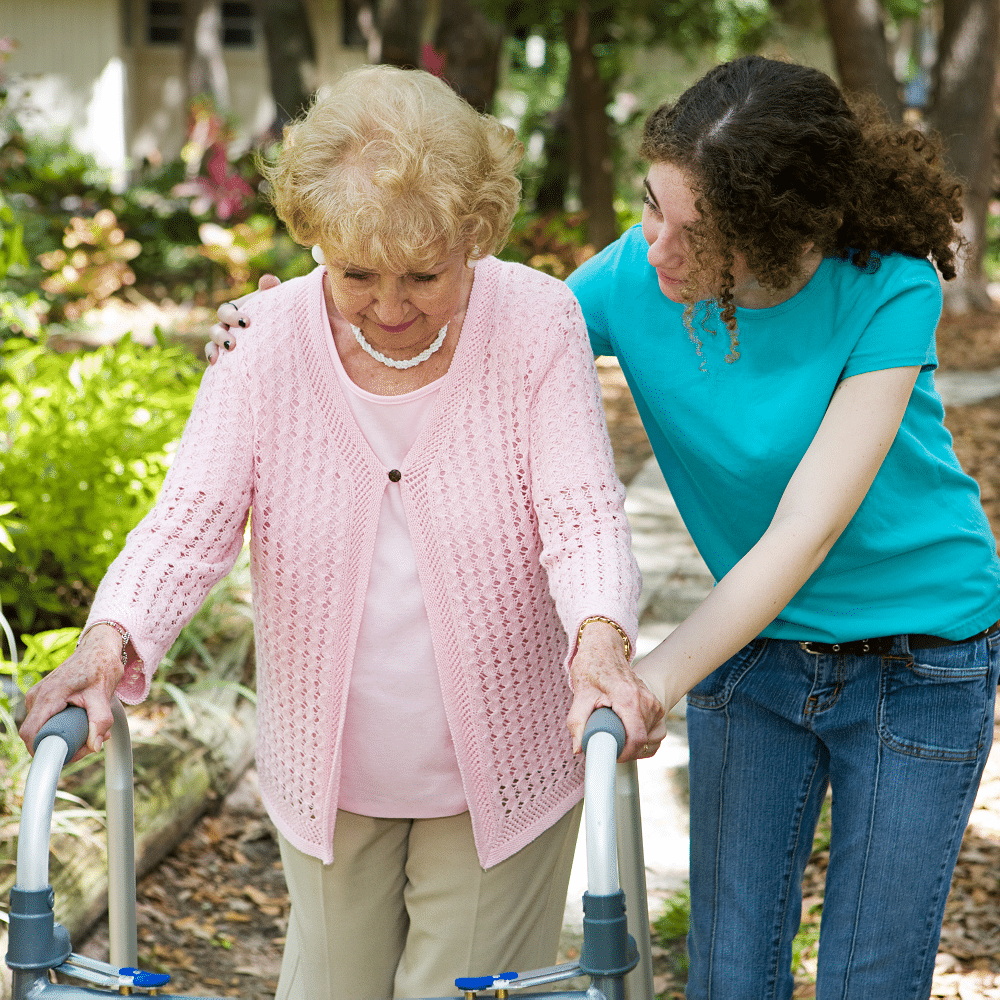“Because of our growing population of older people, it’s important for us to understand the variety of risk factors for mobility disability. Low vitamin K status has been associated with the onset of chronic diseases that lead to disability, but the work to understand this connection is in its infancy. Here, we’re building on previous studies that found that low levels of circulating vitamin K are associated with slower gait speed and a higher risk of osteoarthritis,” says Kyla Shea first author.
Two biomarkers were examined: 1) Circulating levels of vitamin K; and 2) a functional measure of vitamin K using participant data from the Health ABC Study; after analysis older adults with low levels of circulating vitamin K were found to be more likely to develop mobility limitation and disability; using plasma ucMGP did not reveal clear associations.
Those with low circulating vitamin K were found to be close to 1.5 times more likely to develop mobility limitations, as well as being nearly twice as likely to develop mobility disability as compared to older adults who have sufficient levels; this was found to be true for both genders.
“The connection we saw with low levels of circulating vitamin K further supports vitamin K’s association with mobility disability. Although the two biomarkers we looked at are known to reflect vitamin K status, biomarker levels can also be affected by additional known or unknown factors. Further experiments to understand the mechanisms of biomarkers and vitamin K and their role in mobility are needed,” said second author Sarah Booth.
Data was used for 688 women and 635 men between the ages of 70-79 who participated in the Health ABC Study which assessed mobility every 6 months for 6-10 years via annual clinic visits and phone interviews. In this Tufts University study mobility limitation was defined as being 2 consecutive semi-annual reports of having any amount of difficulty walking a quarter mile or climbing 10 steps without resting; and mobility disability was defined as being 2 consecutive semi-annual reports of having significant difficulty or inability to walk or climb the same amounts.
Circulating vitamin K levels reflect the amount in the diet; good choices of food sources include leafy greens such as broccoli, kale, and spinach. One cup of raw spinach can provide 145 micrograms of vitamin K1 which is about 181% of the daily recommended value; one cup of raw kale provides 113mcg or 141%; and half a cup of chopped broccoli provides 110mcg or 138% of the daily recommended value.




